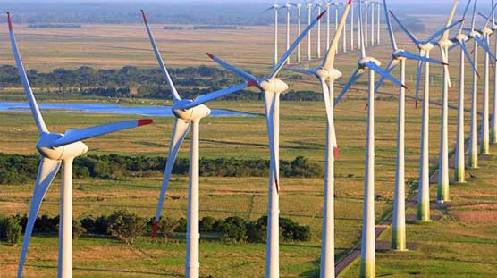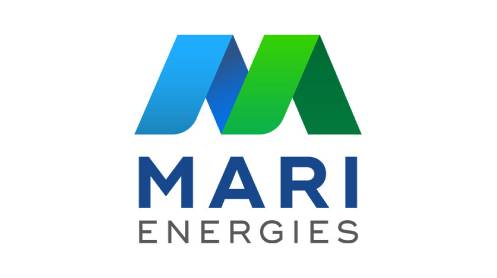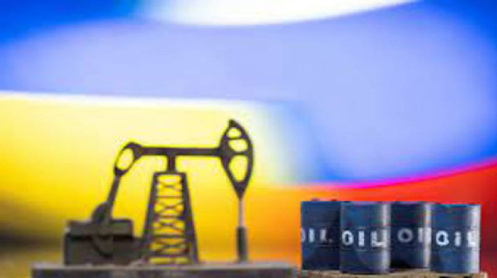From being applauded for taking the “difficult” decisions to taking none at all – life has come full circlet for the government. The inability to rationalize gas prices was (rightly) dubbed as one of the key reasons why the energy sector is in such a mess. The blame was put on the previous government, which failed to act upon the regulator’s approved determinations and kept the consumer end prices unchanged for over two years.
All of this was supposed to change after April 2022, as electricity tariffs were significantly revised, and petroleum taxations made a comeback. The agreement with the IMF made clear that gas price revision is next in line, although with a slight delay. The delay is costing tens of billions with every month that passes by, and there are no signs yet, that the gas price rationalization, if any, would be anywhere close to what has been prescribed by Ogra.
Latest in the saga are revised estimated revenue requirements by the two distribution companies, seeking review of the petitions for FY23 revenue requirement submitted earlier in March 2022. What was Rs902/mmbtu, has now become Rs1034/mmbtu as average gas price. This is 21 percent higher than the determined rate of Rs854/mmbtu, as new realities have been accounted for, such as USD/PKR parity, crude oil price, HSFO price, and more importantly a higher required rate of return on average assets. The RRR has gone up from 16.6 percent to 20 percent, from the previous petition and determination.
When one makes room for the previous years’ shortfall starting from FY18 – the average prescribed price in the case of SNGPL goes as high as Rs1,840/mmbtu. Of this, Rs805/mmbtu pertains to previous years shortfalls. From the current average rate of Rs545/mmbtu – this is 237 percent higher. Needless to say this won’t see the light of the day, as Ogra would go on to disallow on a number of accounts. That said, the determined price would still be higher than previous determination on account of higher shortfall relating to the previous period, and revised return rates and commodity prices.
So much for the latest version of Ogra regulations that allow for tariff petitions to be decided swiftly and implemented without delay. The gas circular debt is believed to have cross Rs1.2 trillion, which includes tax adjustments, refunds, amounts stuck in courts, and receivables from the power sector (also part of the power sector circular debt). Not all of it gets entertained in the final determinations, and the previous years’ shortfall keeps accumulating year after year.
LNG being sold to domestic consumers makes a sizeable chunk of the prescribed increase in consumer tariffs. The government had earlier hinted at increasing the gas prices by more than what is prescribed by the regulator. That seems highly unlikely, given the state of political affairs. Every day that passes by without a decision, makes the pricing decision much more difficult.





